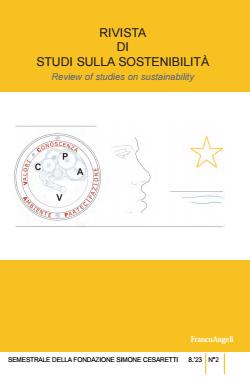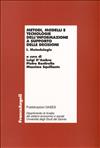
According to a definition of the World Tourism Organization (WTO) "sustainable tourism development meets the needs of the present tourists and host regions while protecting and enhancing the prospects for the future. It must integrate the management of all resources in such a way that economic, social and aesthetic needs can be fulfilled while maintaining cultural integrity, essential ecological processes, biological diversity and living systems" (World Tourism Organization, WTO). Sustainable tourism, therefore, refers to a way of traveling is respectful of the planet, in harmony with the natural environment, social and artistic; characterized by a low environmental impact. The Assembly of the United Nations (UN) declared the 2017 as the international year of sustainable tourism, signaling continuity with that enshrined in the United Nations Conference on sustainable development in which it was agreed that a "well planned and well managed tourism" can contribute to the three dimensions of sustainable development (economic, social and environmental), job creation and trade (Rio 20). According to Porter’s approach, the competitiveness of a country is influenced by the availability of skilled human capital and physical and technological infrastruc-ture, the presence of research and training centres, and services that support busi-nesses, and the characteristics of the market. These elements are synthesized in the concept of microeconomic business environment and are described in Porter’s "di-amond model" (1990). In particular, with respect to the terms of factors, Porter argues that key factors of production (or factors) are for example the skilled work-force. Hence the need to develop new skills for new jobs. To this end, we should help to better predict future skills needs, balance better skills and labour market needs and bridge the gap between education and employment. Education is the strategic and necessary lever towards the creation of Sustainable Jobs, which lead to the spread of so-called sustainable employment. In this paper, focusing on the environmental component will report some examples of sustainable jobs in the tourism sector.


